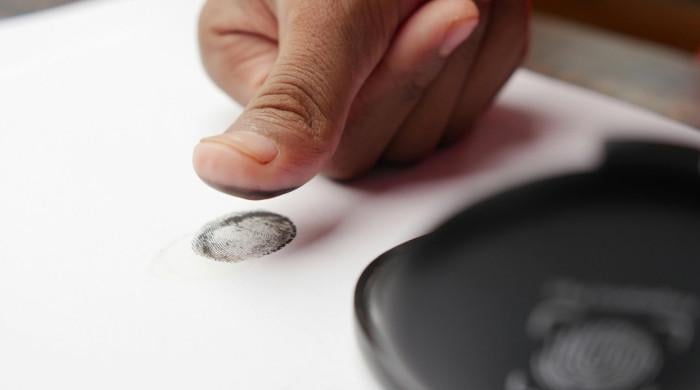Ancient Magma ocean discovered at Moon's South Pole
Discovery supports Lunar Magma Ocean theory, which posits that magma formed Moon's surface around 4.5 billion years ago
August 22, 2024

Scientists have uncovered evidence that the Moon’s south pole was once covered by a vast ocean of liquid molten rock, BBC reported.
This discovery supports the Lunar Magma Ocean theory, which posits that magma formed the Moon's surface around 4.5 billion years ago.
It was collected by the Indian mission Chandrayaan-3 which became the last mission of its series and landed near the south pole of the Moon in August 2023. This historic mission got to a region where no space craft has ever landed.
These results support the notion that the early Moon, about 4. some 5 billion years ago the planet started to cool and crystallise and thus producing a lighter mineral, ferroan anorthosite. This mineral a molten rock became the crust of the Moon.
One of the authors of the Nature, Dr. Santosh Vadawale from the Physical Research Laboratory, commented for the publication: ‘The observations presented here make the theory of the early evolution of the Moon far more solid. ’
Although magma ocean data before Chandrayaan-3 had been obtained mainly from the lunar mid latitude craters visited by the Apollo missions.
After Chandrayaan-3’s landing Prof Vadawale and his team operating from the mission control had the feel of operating the rover Pragyaan which does a comprehensive mapping of the surface of the moon for 10 days. It bore temperatures and raced across the maria, and used an alpha particle X-ray spectrometer to test the Moon’s regolith.
Also, the mission exposed the evidence of a cataclysmic impact that resulted from a meteorite about four billion years ago that created one of the largest basins in the solar system known as the South Pole–Aitken basin.
This might have hurled out to the surface from the Moon material, and magnesium, from great depths. Anil Bhardwaj of India’s Physical Research Laboratory remarked that the effect ‘dug a deeper part of the Moon. ’
Chandrayaan-3 will also gather data to help discover ice water on the Moon’s south pole, a research goal and potential end location for human to explore. India has announced another lunar mission for 2025/26 to collect some samples from the surface of the Moon to be returned for analysis.









